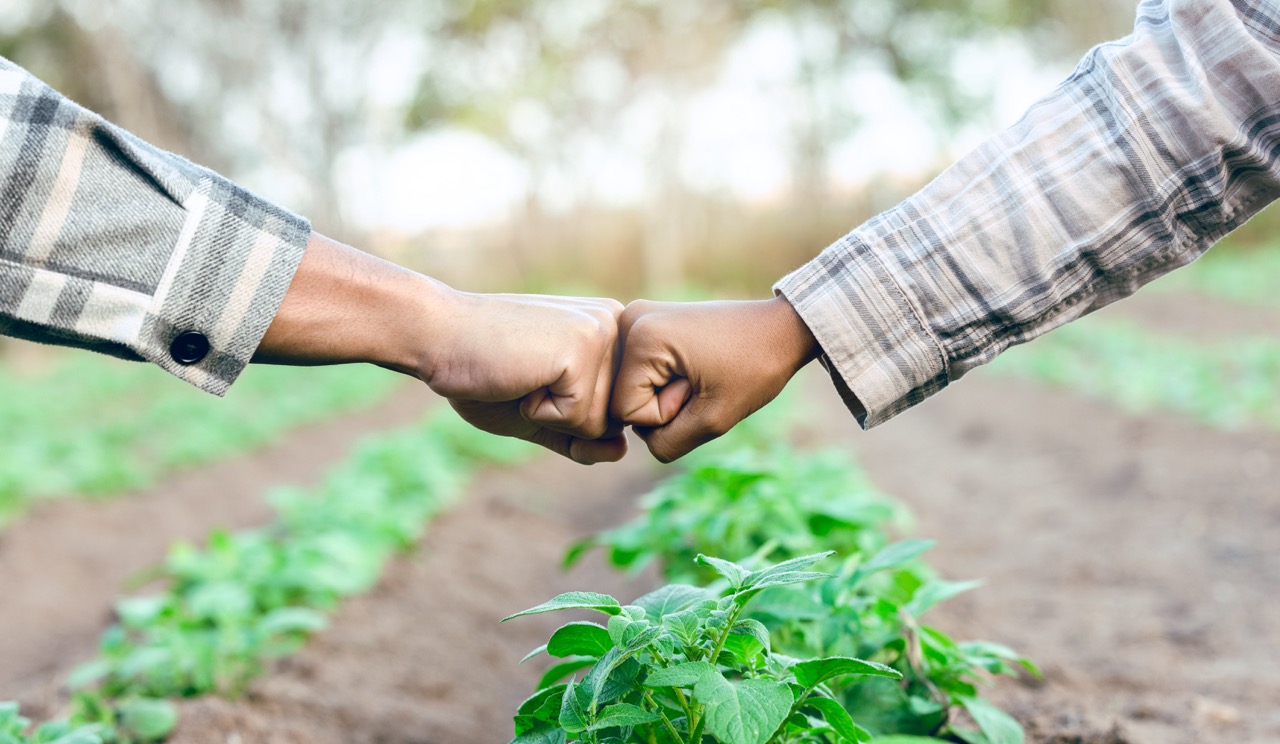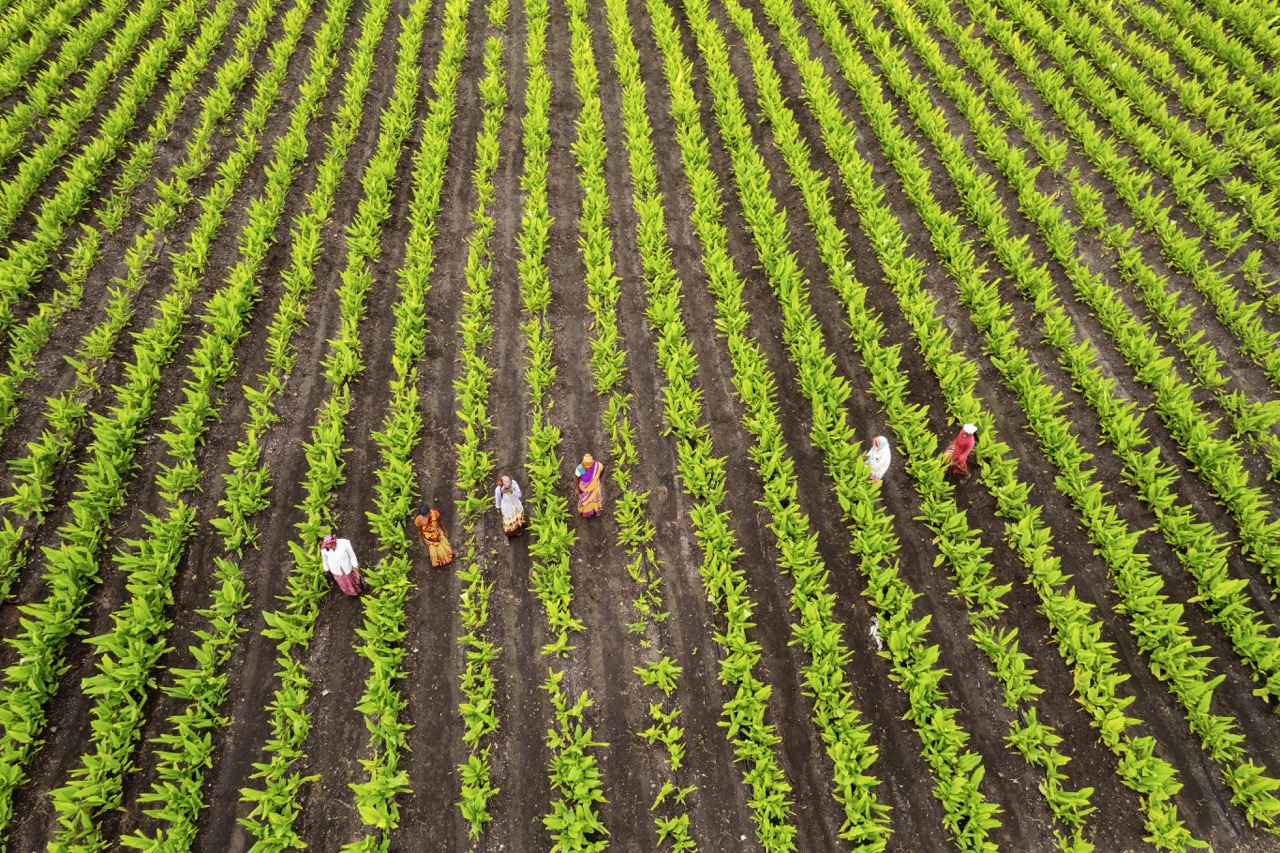Crop sharing, a system where landowners and farmers collaborate to cultivate land and share the proceeds, has gained traction as a viable agricultural model. This arrangement offers numerous benefits to both parties, fostering a mutually beneficial relationship that stimulates agricultural productivity and sustainability. Understanding the nuances of crop sharing is essential for landowners and farmers alike, as it can lead to improved economic stability, enhanced access to resources, and the establishment of long-lasting partnerships.
Understanding Crop Sharing: A Win-Win for Agriculture
Crop sharing operates on a simple premise: landowners provide the land, while farmers invest their labor and expertise. This partnership allows both parties to capitalize on agricultural production without significant upfront costs. With the rising costs of land acquisition and farming equipment, crop sharing emerges as an attractive alternative, promoting inclusivity in farming practices. By sharing resources and responsibilities, both landowners and farmers can mitigate risks associated with farming, such as fluctuating market prices and crop failures.
Moreover, this arrangement encourages sustainable farming practices. With shared interests in protecting the land’s productivity, both landowners and farmers are incentivized to implement environmentally friendly techniques. Practices like crop rotation, cover cropping, and reduced pesticide use not only ensure better yields but also foster soil health and biodiversity. Thus, crop sharing is not merely a financial agreement; it embodies a commitment to sustainable agriculture that benefits the broader community.
Additionally, crop sharing can enhance community resilience by promoting local food systems. When farmers work the land under a sharecropping model, they become deeply integrated into their communities, sourcing labor, supplies, and expertise locally. This localized approach fosters economic development and strengthens food security, making crop sharing a vital part of the agricultural landscape.
Economic Advantages for Landowners in Crop Sharing Deals
For landowners, crop sharing presents a financially savvy way to utilize their land without the burden of operational management. By entering into a crop sharing agreement, landowners can generate income without the need to become involved in day-to-day farming activities. This passive income stream can be particularly beneficial for those who may not have the time or expertise to farm themselves but still wish to reap the financial rewards of their investment in land.
Additionally, crop sharing arrangements can lead to higher overall returns compared to traditional rental agreements. When land is leased outright, landowners typically receive a fixed rental payment, which limits their income potential. In contrast, crop sharing arrangements allow landowners to benefit from a percentage of the crop yield, which can be more lucrative, especially in times of high market prices. This model aligns the interests of both parties, motivating farmers to maximize their production efforts, which in turn increases the landowner’s income.
Finally, engaging in crop sharing can enhance landowners’ tax situations. Depending on local regulations, revenue generated from crop shares may be treated differently for tax purposes compared to traditional rental income. This nuanced financial benefit can optimize the landowner’s overall financial health, allowing them to reinvest in their land or pursue other opportunities.
Farmers Thrive: Access to Land and Resources Enhanced
For farmers, particularly those just starting their careers or those lacking the capital to purchase land, crop sharing offers a unique pathway to agricultural success. Access to land is one of the most significant barriers new farmers face, and crop sharing alleviates this challenge by providing the opportunity to work on productive land without incurring massive debts. This arrangement allows farmers to focus on developing their agricultural skills and cultivating their crops rather than worrying about land ownership.
Moreover, crop sharing agreements often come with additional support and resources from landowners. Landowners may provide not only the land but also access to farming equipment, storage facilities, and even financial assistance for inputs like seeds and fertilizers. This collaborative spirit fosters an environment where farmers can thrive, enabling them to experiment with diverse crops and farming techniques without the pressure of immediate financial return. Consequently, farmers can build a solid foundation for their businesses and increase their chances of long-term success.
Finally, crop sharing can foster innovation in agricultural practices. With the freedom to explore various methods and crops, farmers might implement cutting-edge agricultural technologies or sustainable practices that they would not typically pursue in traditional farming models. This innovation benefits not only the farmers but also the landowners, who may see improved land health and productivity as a result of these new practices.
Building Sustainable Relationships Through Crop Sharing
Beyond the economic and agricultural benefits, crop sharing cultivates relationships built on trust and cooperation. The nature of this partnership necessitates open communication, as both parties must regularly discuss expectations, responsibilities, and performance metrics. This ongoing dialogue encourages transparency and fosters a sense of shared purpose, creating a foundation for a strong working relationship that can endure over time.
Moreover, the collaborative approach inherent in crop sharing often leads to community engagement. Landowners and farmers who work side by side can develop a deeper understanding of each other’s challenges and goals, which can extend to broader issues affecting the agricultural community. This sense of camaraderie can motivate both parties to advocate for policies and initiatives that support sustainable agriculture and rural development, further solidifying their partnership and its positive impact on the community.
Finally, as farmers and landowners forge these connections, they build a network of support that can be invaluable in times of difficulty, such as adverse weather conditions or market downturns. This shared resilience strengthens the agricultural community as a whole, allowing it to adapt and thrive in an increasingly complex economic landscape. Ultimately, crop sharing is about more than just the crops; it’s about cultivating enduring partnerships that nourish the land and the people who work it.
Crop sharing represents a strategic alliance between landowners and farmers, combining economic advantages with a commitment to sustainable practices. By understanding and embracing this model, both parties can benefit from increased productivity, access to resources, and the development of strong, resilient relationships. As the agricultural landscape continues to evolve, crop sharing stands out as a beacon of cooperation, demonstrating how collaborative efforts can lead to a more sustainable and prosperous future for all involved.










